Five effective thermal mass techniques can boost your home's energy efficiency. Concrete flooring and walls absorb and store heat, regulating indoor temperatures. Water storage tanks offer superior heat capacity, reducing energy bills. Stone veneer and masonry provide aesthetic appeal while improving thermal performance. Trombe walls create a passive solar heating system, ideal for colder climates. Phase change materials maintain consistent temperatures by absorbing or releasing heat as they shift between states. These methods not only enhance comfort but also contribute to sustainable living. By incorporating these techniques, you'll discover how to create a more energy-efficient and cozy home environment.
Concrete Flooring and Walls
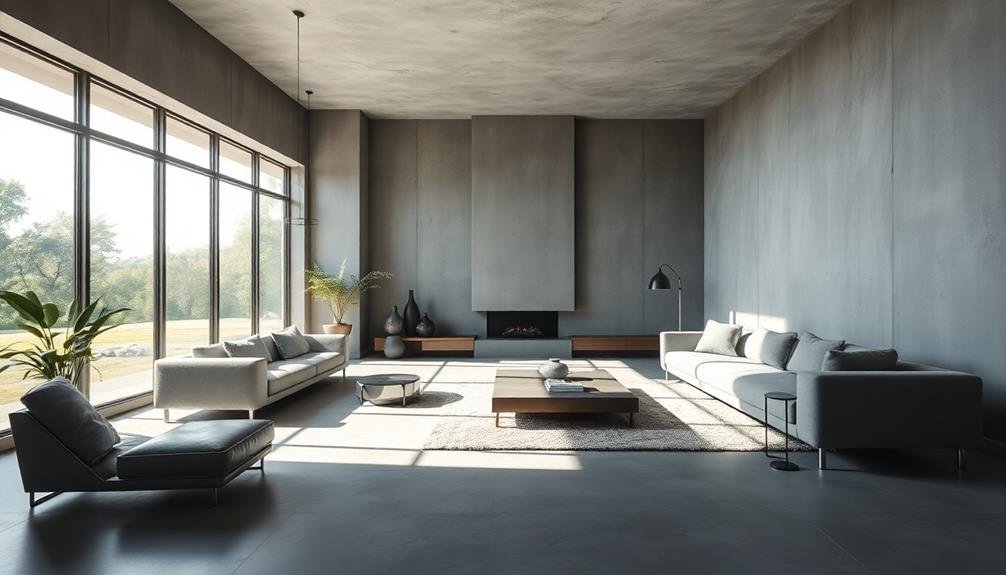
When you're contemplating thermal mass techniques for your home, concrete flooring and walls should be at the top of your list. These dense materials excel at absorbing and storing heat, helping to regulate indoor temperatures throughout the day.
During summer, concrete floors can absorb excess heat, keeping your home cooler. In winter, they'll soak up warmth from sunlight or heating systems, slowly releasing it as temperatures drop.
To maximize concrete's thermal mass benefits, think about exposed concrete floors with a polished or stained finish. This not only looks stylish but also guarantees direct contact with the air for better heat transfer.
For walls, you can use concrete blocks or poured concrete. Don't worry about your home feeling cold; properly designed concrete walls can create a cozy atmosphere while providing excellent insulation.
Remember to pair concrete elements with appropriate insulation and ventilation systems.
You'll also want to take into account your climate; concrete thermal mass works best in areas with significant temperature fluctuations between day and night.
Water Storage Tanks
While concrete is an excellent thermal mass material, water offers even greater heat storage capacity. You'll find that incorporating water storage tanks into your home design can greatly enhance its energy efficiency.
These tanks, filled with water, can absorb excess heat during the day and release it slowly at night, helping to maintain a comfortable indoor temperature.
You can integrate water storage tanks into your home in various ways. Consider placing them in sunlit areas or behind glass walls to maximize solar heat gain. Alternatively, you might install them within interior walls or under floors for a more discreet approach.
The tanks' size and placement will depend on your home's specific needs and design constraints.
Here are some emotional benefits of using water storage tanks for thermal mass:
- Reduced energy bills bring financial peace of mind
- Comfortable living spaces enhance overall well-being
- Sustainable design fosters a sense of environmental responsibility
- Innovative home features instill pride in your property
- Consistent indoor temperatures create a cozy, inviting atmosphere
When implementing water storage tanks, verify proper insulation and sealing to prevent leaks and maximize efficiency.
Regular maintenance is essential to keep the system functioning at its best and avoid potential issues down the line.
Stone Veneer and Masonry
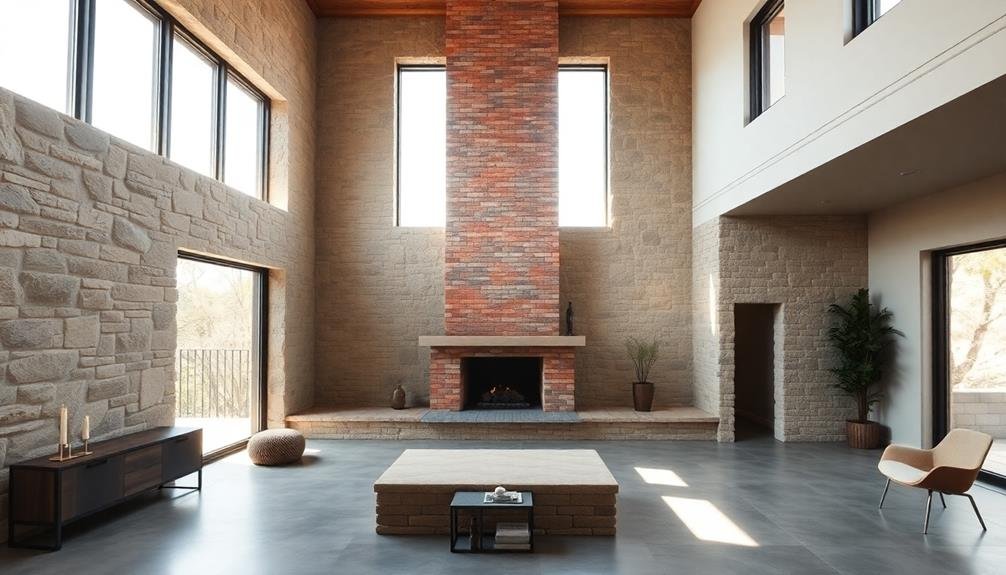
After considering water storage tanks, let's explore another effective thermal mass option: stone veneer and masonry.
These materials can greatly enhance your home's energy efficiency by absorbing and storing heat during the day and releasing it at night.
Stone veneer, typically made from natural or manufactured stone, can be applied to both interior and exterior walls.
It's lighter than full stone masonry but still provides excellent thermal mass properties.
You'll find it's easier to install and more cost-effective than solid stone.
Masonry, including brick and concrete blocks, offers superior thermal mass capabilities.
When used for interior walls or floors, it can help regulate indoor temperatures throughout the day.
Consider incorporating exposed brick walls or polished concrete floors in your design for both aesthetic appeal and energy efficiency.
To maximize the benefits of stone veneer and masonry, place them in areas that receive direct sunlight during winter months.
This allows the materials to absorb more heat during the day.
In summer, proper shading can prevent overheating while still allowing the thermal mass to moderate indoor temperatures.
Trombe Walls
Moving beyond traditional masonry, an innovative thermal mass solution is the Trombe wall. This passive solar heating system consists of a dark-colored wall facing the sun, with a glass pane installed a few inches in front of it. The air space between the wall and glass traps heat, which is then slowly released into your home.
You'll find Trombe walls particularly effective in colder climates with ample sunlight. During winter, they absorb solar energy during the day and radiate warmth at night. In summer, vents at the top and bottom of the wall can be opened to create a cooling chimney effect.
To maximize the efficiency of your Trombe wall, you'll need to evaluate factors like wall thickness, material choice, and proper sizing for your specific climate and home layout.
Don't forget to incorporate shading devices for summer months to prevent overheating.
Here are some emotional benefits of incorporating a Trombe wall in your home:
- Cozy, sun-warmed spaces that embrace you on chilly evenings
- Reduced energy bills that leave you feeling financially empowered
- Satisfaction of harnessing nature's power for your comfort
- Pride in your eco-friendly, sustainable home design
- Peace of mind knowing you're reducing your carbon footprint
Phase Change Materials
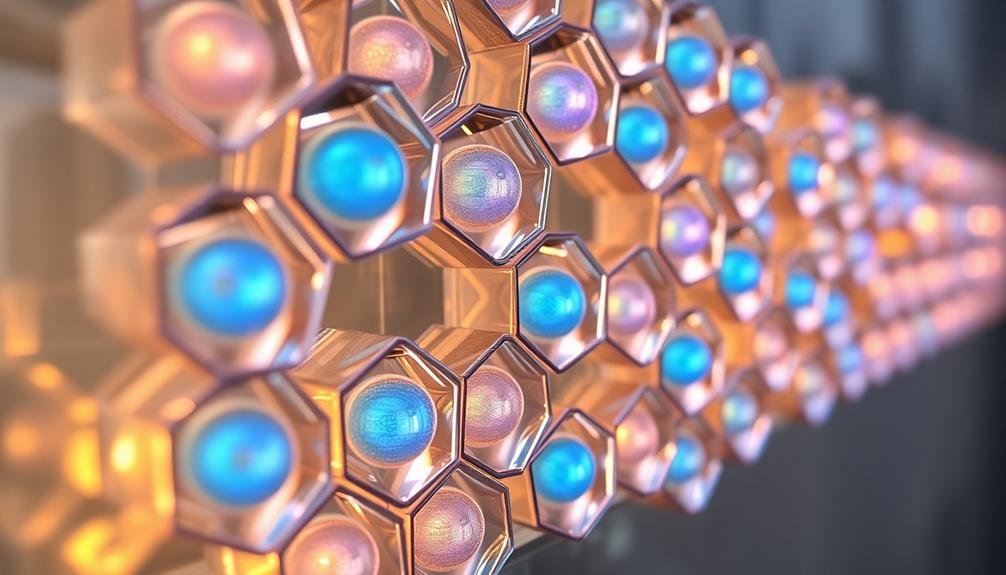
In addition to traditional thermal mass materials, phase change materials (PCMs) offer a cutting-edge solution for temperature regulation in homes.
PCMs are substances that absorb or release heat as they change from solid to liquid or vice versa. You can incorporate these materials into your home's construction or retrofit them into existing structures.
PCMs work by melting when temperatures rise, absorbing excess heat, and then solidifying as temperatures drop, releasing the stored heat. This process helps maintain a consistent indoor temperature, reducing the need for heating and cooling systems.
You'll find PCMs in various forms, including microencapsulated particles, macro-encapsulated panels, and PCM-impregnated building materials.
To implement PCMs in your home, consider using PCM-enhanced drywall, plaster, or concrete. You can also install PCM panels in walls, ceilings, or floors.
When selecting PCMs, choose materials with melting points that align with your desired room temperature. By strategically placing PCMs throughout your home, you'll create a more energy-efficient and comfortable living space.
Remember to combine PCMs with proper insulation and ventilation for ideal performance.
Frequently Asked Questions
How Does Thermal Mass Affect Indoor Air Quality?
Thermal mass doesn't directly impact your indoor air quality. However, it can help regulate temperature and humidity, which may indirectly improve comfort and reduce the need for air conditioning. This could potentially lead to better air circulation.
Can Thermal Mass Techniques Be Effectively Combined With Passive Solar Design?
Yes, you can effectively combine thermal mass techniques with passive solar design. You'll strategically place thermal mass materials to absorb, store, and release heat from sunlight. This combination maximizes energy efficiency and maintains comfortable indoor temperatures year-round.
What Maintenance Is Required for Thermal Mass Systems?
You'll find thermal mass systems require minimal maintenance. Regularly clean surfaces to guarantee ideal heat absorption. Inspect for cracks or damage annually. In water-based systems, check fluid levels and watch for leaks. That's about all you'll need to do.
How Do Thermal Mass Techniques Impact Home Insurance Rates?
You'll likely see lower home insurance rates with thermal mass techniques. They reduce fire risks, improve structural stability, and lessen temperature fluctuations. Insurance companies often view these features favorably, potentially offering discounts for your energy-efficient home.
Are There Any Health Concerns Associated With Using Thermal Mass Materials?
You shouldn't worry about major health concerns with thermal mass materials. They're generally safe, but guarantee proper ventilation to prevent moisture buildup. Some materials might off-gas initially, so you'll want to air out new installations thoroughly.
In Summary
You've now explored five powerful thermal mass techniques for creating an energy-efficient home. By incorporating concrete, water storage, stone, Trombe walls, or phase change materials, you'll greatly improve your home's ability to regulate temperature. Remember, these methods work best when combined with proper insulation and smart design. Don't hesitate to consult with a professional to determine which options are best for your specific climate and home layout. Start implementing these strategies today to reduce energy costs and increase comfort.
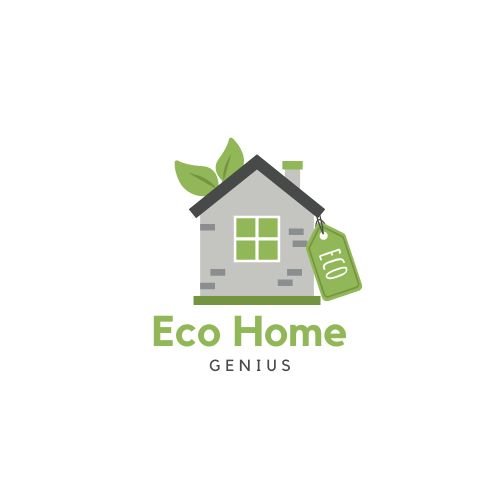
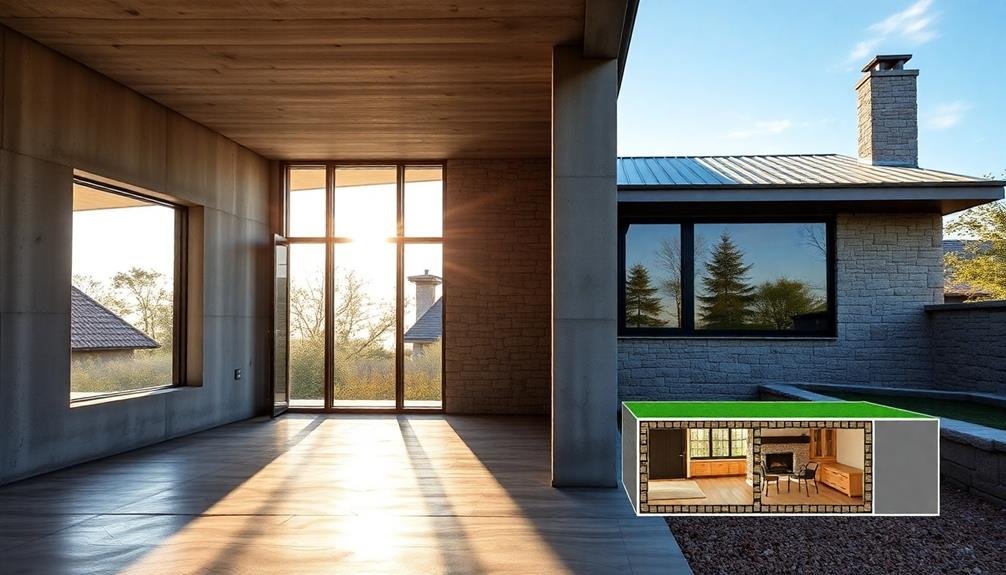
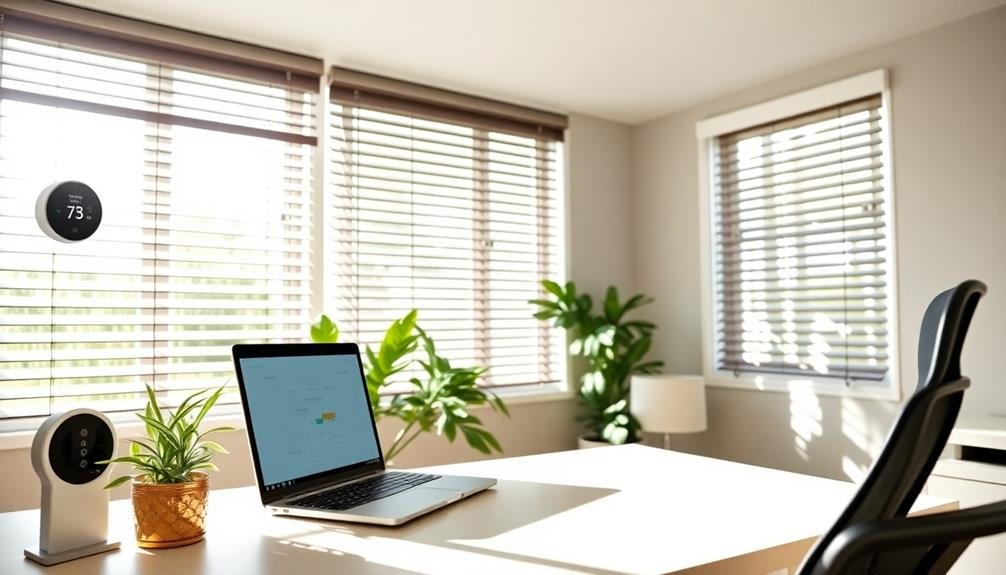
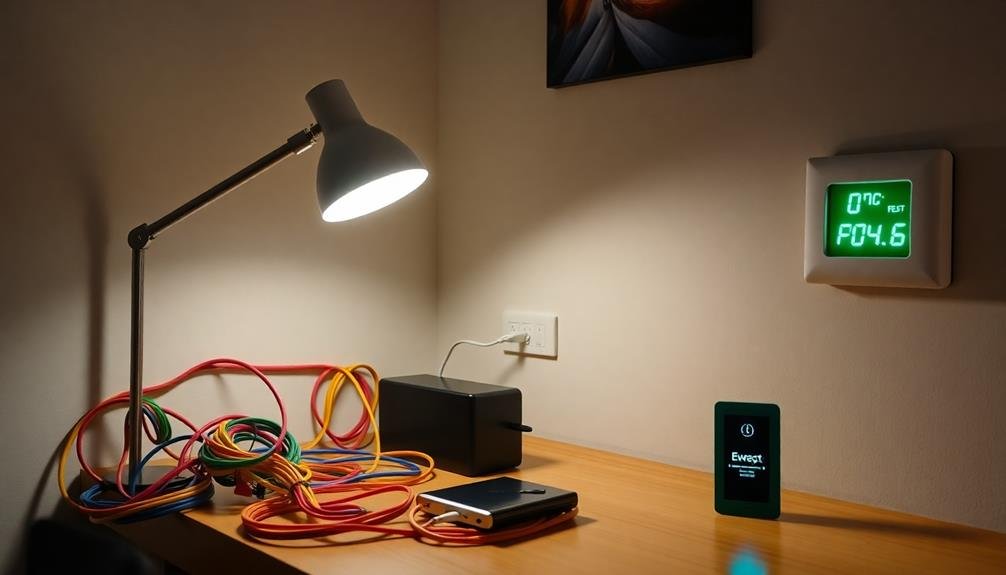
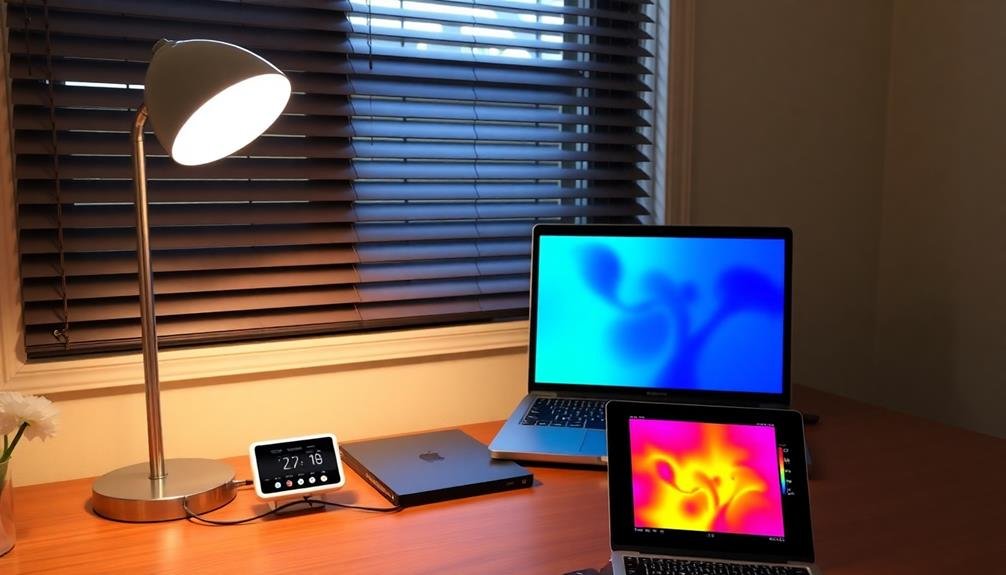
Leave a Reply